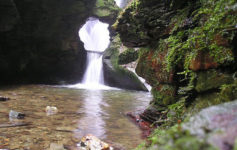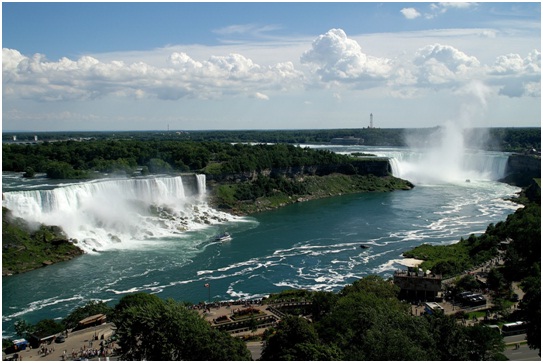A fairytale travel destination that immensely appeals to many visitors from around the world, the awe-inspiring Faroe Islands welcomes nature lovers and photographers looking for astonishing scenery, volcanic peaks, oceanic waves and unique dramatic landscapes that are nothing but a fantastic play of light between sun, sea, cloud, meadow and cliff. The proud, stoical Faroese character forged from Viking blood, the island’s incredibly vibrant music scene and even the mild weather conditions also add to the charm of the Faroe Islands (Danish “Færøerne”, Farøese “Forøyar”), meaning “Sheep Islands.”
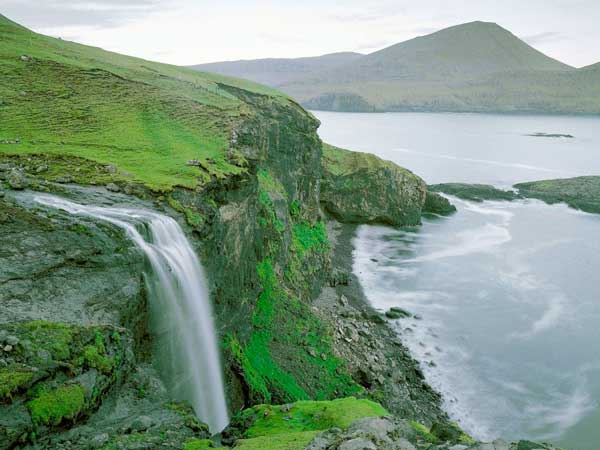
Ideally nestled at the heart of Gulf Stream in the North Atlantic, northwest of Scotland and halfway between Iceland and Norway, Faroe Islands archipelago is made up of 18 mountainous islands, covering around 1400 square kilometers. They are of volcanic origin, made up of volcanic basalt and a thin layer of tufa. Part of the Kingdom of Denmark (the islands joined Denmark in 1386), the Faroe Islands offer 1,289 kilometers of coastline and a proximity of no more than 5 kilometers to the ocean from any point of the islands. The coasts are mostly formed by steep cliffs and the islands are notable for having the highest sea cliffs in Europe.
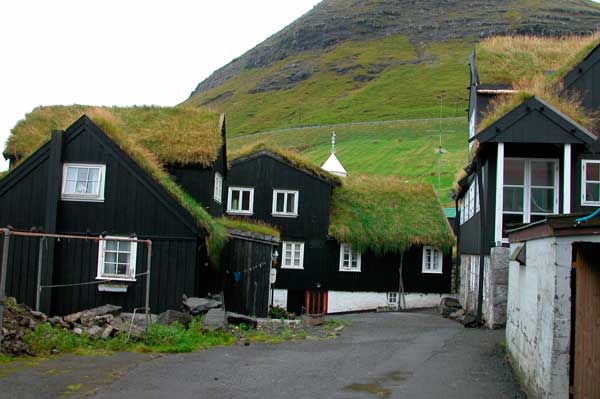
The largest Islands are Streymoy, Eysturoy, Suouroy, Sandoy and Vagar. Torshavn (`Thor’s Harbour’), founded in the 9th century by Norwegian Vikings, is the capital city of the Faroes with several interesting museums that are well worth a visit. In Torshavn, do not miss out the architecturally impressive Nordic House, the country’s main cultural center, as well as the fortress of Skansinn and others.
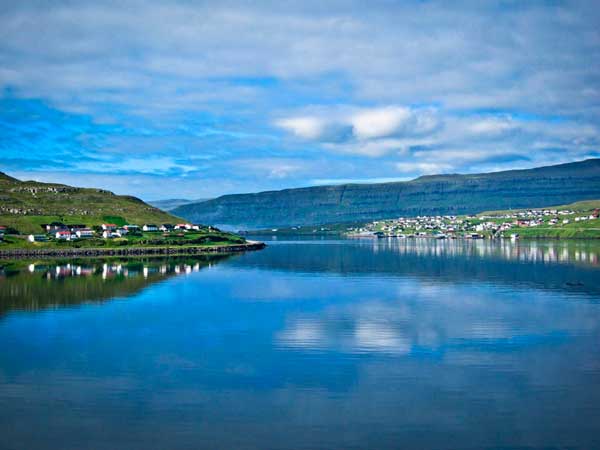
Islands are incredibly tidy, with quite well developed infrastructure, so it’s easy to find your way around the islands. And no matter in which season you plan your visit to Faroe Islands, be sure to find a wealth of activities, such as concerts, art exhibitions, cultural and regional events, along with a range of water adventures. Attractions are also bountiful in Faroes, and maybe no other country can offer such pristine and breathtaking natural beauty together with historical architecture.
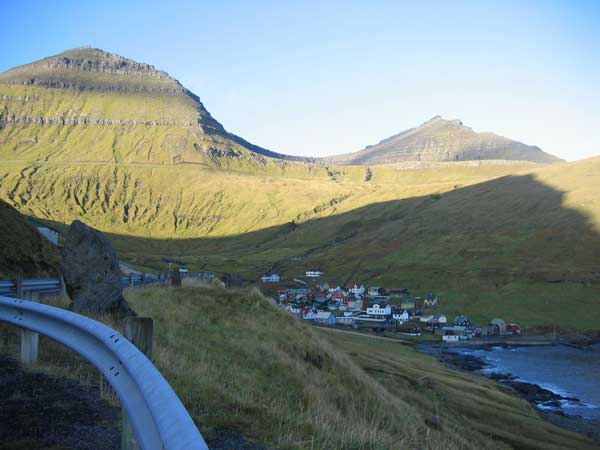
Bird Watching
Bird watching is another popular activity in the Faroes that draws many nature lovers from different corners of the world. The animal life of the islands consists of birds, fish, seals and whales. It has been estimated that there are some 2 million pairs of birds on the Faroe Islands, and ornithologists have identified about three hundred species of birds with many living on the rocky areas.
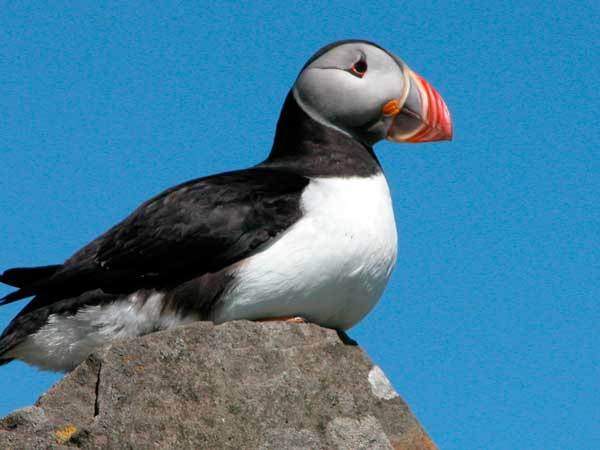
More common birds you might encounter on a visit to the islands include: Puffins, found particularly on the westerly island of Mykines, Oystercatcher – the national bird of the Faroes, Kittiwakes, famous for building their nests on the precarious ledges of vertical sea cliffs and Guillemots – cliff dwelling gulls, found in similar places like the kittiwake. To view birds in their natural habitat, visitors most often head to Vestmannabjørgini in Streymoy, fantastic bird mountains, in which numerous birds live.
Diving
Said to be blessed with some of the world’s cleanest waters and most virgin environments, the Faroe Islands offer exceptional diving conditions with relatively constant water temperatures and varied seabed that boasts a vast array of marine fauna from sea cucumbers, sea urchins, star fish and mussles, to crabs, shrimps and colorful nudibranchs.
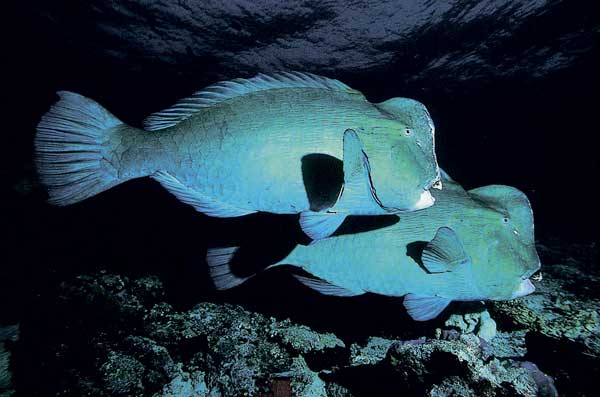
Popular dive destinations in the Faroes include: Eysturoy with three dive sites, offering crab diving and rocking stones; Streymoy in Torshavn harbor, which is a WWII wreck of a British trawler; and Vagar, ideal for fresh water diving among others. There are lots of playful seals that enjoy swimming alongside divers and showing off their underwater skills.
Fishing
The fishing industry is the most important source of income for the Faroes and fishing is one of the most popular activities both locals and international travelers like to indulge in. To fish in the rivers and streams of the archipelago, surrounded by amazingly beautiful landscape, is truly a special experience, especially when there is no shortage of Brown Trout, Haddock, Ling, Colefish, Sea Trout, Salmon and Cod.

When to Visit
The summer months (June, July and August) are the best time to visit the Faroe Islands, with an average temperature of 11°C. These are the months for bird watching, when migratory species return to hatch and breed. Summers on the Faroes are also characterized by many festivals and celebrations, including the Festival of St. Olaf in Torshavn, an annual event between 28-29 July that fills the town with a lively, fun atmosphere.
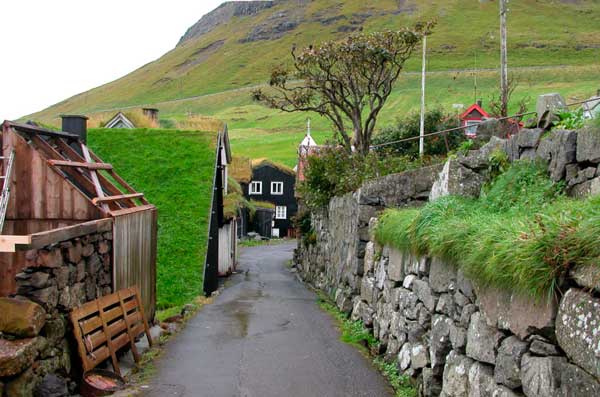
The Faroes have only one airport at their disposal, Vagar Airport, not far from the Capital Torshavn.

